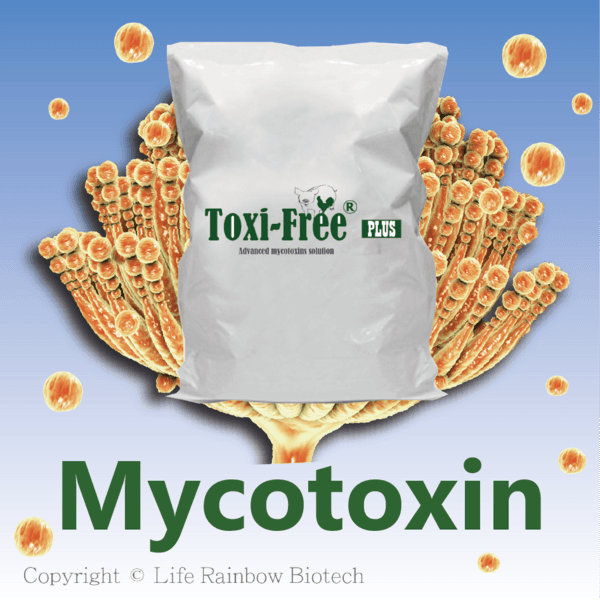
Content sponsored by:
Life Rainbow
Survey of Mycotoxin in Feed
Published: March 13, 2017
Summary
In 2016, Life Rainbow mycotoxin analysis laboratory collected 417 feed samples from feed mills of large and medium size in Taiwan. The survey reveals essential information on the pollution degree of major mycotoxins including aflatoxins, zearalenone, fumonisins and DON in poultry and swine feed. All the samples were analyzed using ELISA and the mycotoxin analysis kit from Romer’s lab. Res...
Related topics
Authors:
Join to be able to comment.
Once you join Engormix, you will be able to participate in all content and forums.
* Required information
Would you like to discuss another topic? Create a new post to engage with experts in the community.
Create a post22 de marzo de 2017
Dear Author/Elaine Liao,
The results survey shows that levels of mycotoxins in samples are well below the toxicity levels.
The toxicity levels for aflatoxin min 20 ppb and above, similarly for Zea 100 ppb for poultry whereas DON for piggery > 100 ppb.
Do you still think mycotoxins are real problem to poultry producers?
Channegowda
Consultant Veterinary Nutritionist
India
23 de marzo de 2017
Dear Dr. Channegowda H K,
From our experience, three perspectives need to be taken into account while assessing "mycotoxin problem".
-Mycotoxin contamination profile
-Animal species
-The exposure time
Aflatoxin is well regulated in the import port in Taiwan. You can clearly see it by reading the average and highest concentration. (2.16 ppb, 8.82 ppb, respectively). But for Zea, Fumonisin and DON, the result of survey shows the possibility of high contamination in the sample.
It is true that poultry is generally less sensitive to mycotoxin comparing to Swine. According to the past research, mycotoxin mainly affects poultry immunity and the conformation of intestinal wall. It can be observed by running the vaccine tiler measurement and the histological investigation.
The broiler exposes to mycotoxin for 34 days, while the layers and breeders have a long shelf-life. The depression of immunity and the harm in the intestinal wall are accumulative.
To conclude, the level of mycotoxin in our survey will not directly kill your poultry. But if the performance in the farm is not satisfied, or the farm encounter unusual disease outbreak, mycotoxin problem should be kept in mind while you manage to solve the problems.
24 de marzo de 2017
Thank you Debby for your comments.
It is well documented that feeds are the major source of mycotoxin contamination in poultry (and other animals) and that these toxins are carried -over to eggs and meat of poultry; which are the major sources of protein to man. Aflatoxin B1 is a known carcinogen
It is also reported that different feed ingredients determines the level of mycotoxin contamination; those containing fat being more susceptible, thus if feeds used are of this nature and disease incidences increase,slow growth rates and poor hatchability of eggs experienced, then mycotoxins are suspect # 1.
Therefore proper handling of feeds at all levels is paramount so as to save poultry industry economically.
Thanks
1




